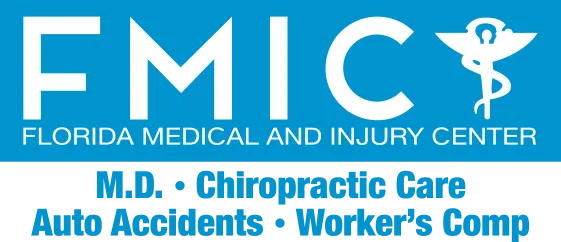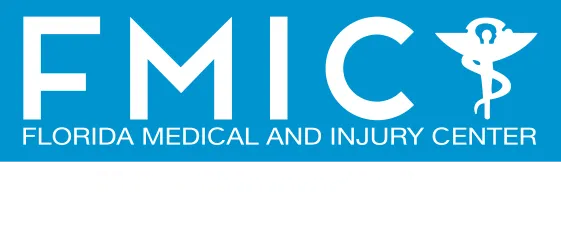Why Do I “Need” To GET TREATED?
When a person suffers a traumatic injury - like a car accident or slip & fall - it can result in DAMAGE to important connective tissue like your muscles, ligaments and tendons. And even “minor” trauma in something like a car accident may lead to debilitating muscle spasms, stiffness, tenderness and PAIN. In cases where the trauma is more serious or intense, the accident or fall may lead to more sever and long lasting damage in your neck and back like whiplash, sciatica or even bone fractures.
Some of this damage - if left untreated can lead to permanent impairment. Proper evaluation, physical therapy and medical management along the PHASES OF HEALING & RECOVERY care pathway can help a person to accelerate your healing process as well as increase the likelihood of a complete recovery. Below, we look at the various phases of healing & recovery after injury.
Laying the foundation for total health
In some ways, one could say that chiropractic care is a bit like building a house - certain things have to happen in a particular order in order for everything to stand strong and work together correctly. When building a house, if you tried to build your walls before you had a solid foundation, your walls would be weak and eventually may even collapse. If you tried to build your roof before the walls were ready, you would run into the same problem. These concepts apply to your body as well, and chiropractic care addresses many common reasons why people experience pain and other health issues. If something is not right with your body's foundation, than that needs to be addressed before true health can be achieved. With chiropractic care, your body has to go through a particular plan of care in order to repair itself correctly and fully. There are three general phases of chiropractic care . . .

Phase 1: Relief Care
During the first 0-72 hours after an injury, a person’s automatic trauma response typically begins addressing those problem areas right away and right at the locations of your injuries. Your NATURAL & NORMAL trauma response may include some redness, pain, heat & swelling as well as muscle spasm & stiffness. During the “reaction” phase, your Medical Provider may prescribe anti-inflammatory medication, therapies and medical devices used to protect, support and immobilize the affected area.
“Phase” specific physical therapies and modalities can help a patient through this period by supporting natural repair processes. Treatment protocols & programs in this phase seek to enhance recovery efficiency and effectiveness. Also, improvement of localized blood flow in serves to more efficiently & effectively bring those therapeutic elements, oxygen and nutrients to the injured area while at the same time clearing away metabolic debris and waste products. Appropriate treatment during this initial critical phase has been shown to reduce pain, reduce swelling, muscle spasms and limit excess scar tissue.
Phase 2: Regenerate/ Repair/ Realign
The Regenerate/ Repair/ Realign Phase could last up to a few weeks. During this time and optimally in conjunction with a well conceived treatment regimen, your body attempts to construct new tissue within the injured area and repair nerve connections to damaged tissue. To much of a good thing is still too much and although creating biological adhesion is part of the normal healing process, excess scar tissue can – if left untreated - begin to form. So as a person can come under care in the Regeneration Phase, physical manipulation of tissue in conjunction with a medically supervised treatment plan has been shown to:
Accelerate repair and strengthening of damaged tissue
Prevent excessive scar tissue build up (xs scar tissue can lead to recurring injuries)
Support systemic recovery, function and flexibility
Decrease pain
Increased range of motion
Phase 3: Remodeling Phase
The Remodeling Phase is the maximum restoration of healthy function to the injured area & studies report that that may take as long as 3-12 months after your injury. Don’t be fooled into thinking you are healed just because you no longer have pain. Connective tissue heals over time. During the Remodeling Phase, we are correcting faulty structural and bio-chemical mechanisms to support maximum restoration of connective tissue (the bricks & mortar of you). Benefits provided when a person can come under care include:
- Enhance & strengthen damaged tissue (restore normal function & preventing recurring injury)
- Reducing scar tissue (accumulation of scar tissue can lead to recurring injury)
- Restoring recovery, function & flexibility
- Improving circulation and oxygenation to the entire body
- Minimizing pain
- And more!

